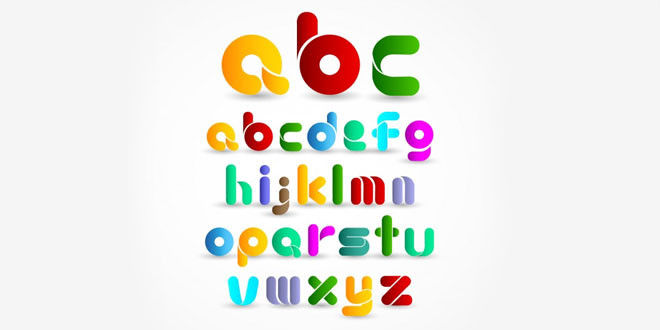Examples Of Stereotypes
Negative Stereotypes
- All blonde women are dumb.
- All red heads are sluts.
- Christians are homophobic. They are blinded by God and will recruit you if you go near them.
- All politicians are philanders and think only of personal gain and benefit.
- If I wear Goth clothing I’m a part of a rock band, depressed, or do drugs.
- Girls are only concerned about physical appearance.
- Guys are messy and unclean.
- Men who spend too much time on the computer or read are geeks.
- Men who are not into sports are termed as gay.
- All librarians are women who are old, wear glasses, tie a high bun, and have a perpetual frown on their face.
- Girls are not good at sports.
- All teenagers are rebels.
- All children don’t enjoy healthy food.
- Only anorexic women can become models.
- Women who smoke and drink do not have morals.
- Men who like pink are effeminate.
Positive Stereotypes
- All Blacks are great basketball players.
- All Asians are geniuses.
- All Indians are deeply spiritual.
- All Latinos dance well.
- All Whites are successful.
- Asians have high IQs. They are smarter than most in Math and Science. These people are more likely to succeed in school.
- African Americans can dance.
- All Canadians are exceptionally polite.
- French are romantic.
- All Asians know kung fu.
- All African American men are well endowed.
- Italians are good lovers.
Racial Stereotypes
- All Muslims are terrorists.
- All white people don’t have rhythm.
- All Blacks are lazy.
- All Asians are sneaky.
- All Hispanics don’t speak English very well or not at all.
- All Jewish people are greedy, selfish money hungry people.
- Caucasians can’t dance.
- Russians are violent.
- All Americans are cowboys.
- All Italians are stylish and sophisticated. They are usually painters, sculptors or fashion designers.
- Germans are Nazis or fascists.
- All Asians are Chinese.
- All Asians speak Pidgin English.
- All Native Americans love to gamble.
- All Middle easterners hate America.
- All Italians are good cooks.
- The people of Netherlands are all promiscuous and drug addicts.
- All Italians are mobsters or have links to the mob.
- All white people are all racist.
- Chinese will eat anything.
- All Asians are Communists.
- All Australians are bullies, racists, drinkers and constantly uses swear words. They are also portrayed as lazy and stupid morons.
- People from the Indian subcontinent are generally portrayed as shopkeepers and motel owners.
- All Egyptian women are belly dancers.
- The Japanese are engineering geniuses.
- All South Koreans are gaming nerds.
- Irish are alcoholics.
- All Hispanics are all illegal aliens.
- All Indians and Chinese are cheap and live a frugal life.
- All Latinos are on welfare.
- In the US all South Koreans are stereotyped as dry cleaners and all Mexicans as gardeners.
Gender Stereotypes
Women
- Women always smell good.
- Women take forever to do anything.
- Women are more brilliant than men.
- Women are always moody.
- Women try to work out problems while men take immediate action.
- All women like the color pink.
- All women like dolls.
- Women become cheerleaders.
- Women take 2 hours to shower.
- Women hog the bathroom.
- Women love mirrors.
- Women like make-up.
- Women are fussy about their hair.
- Women work in department stores.
- Women like fashion magazines.
- Women are discrete about intimacy.
- Women do not drive well.
- Women never take chances.
- Women always talk too much on the phone.
- Women actually use only 5% of what’s in their purse. Everything else is junk.
- Only women can be nurses.
Men
- Only men can be doctors.
- Men are stronger and more aggressive.
- Men are better at sports.
- Men hate reading.
- Men always have an “I don’t care” attitude.
- Men don’t get grossed out by scrapes and bruises.
- Men are tough.
- Men are thickheaded.
- Men like cars.
- Men become jocks in high school.
- Men take 2 seconds to shower.
- Men like hats.
- Men could care less if they become bald.
- Men wear whatever is clean.
- Men usually work in messy places.
- Men like car or porn magazines.
- Men brag about intimacy.
- Men take too many chances.
- Men always lose all arguments against girls.
Every race, culture, country, religion and a community has a stereotype. It is a way of oversimplifying groups of people. It is one of the easiest ways of establishing identity. By conforming to a fixed or conventional image, the identity can be recognized and understood. And, herein lies the problem. It’s hard to be objective if one doesn’t reject stereotypes. So, it is better not to use any stereotype and pass judgement only when you are familiar with others.
 Class Notes NCERT Solutions for CBSE Students
Class Notes NCERT Solutions for CBSE Students


